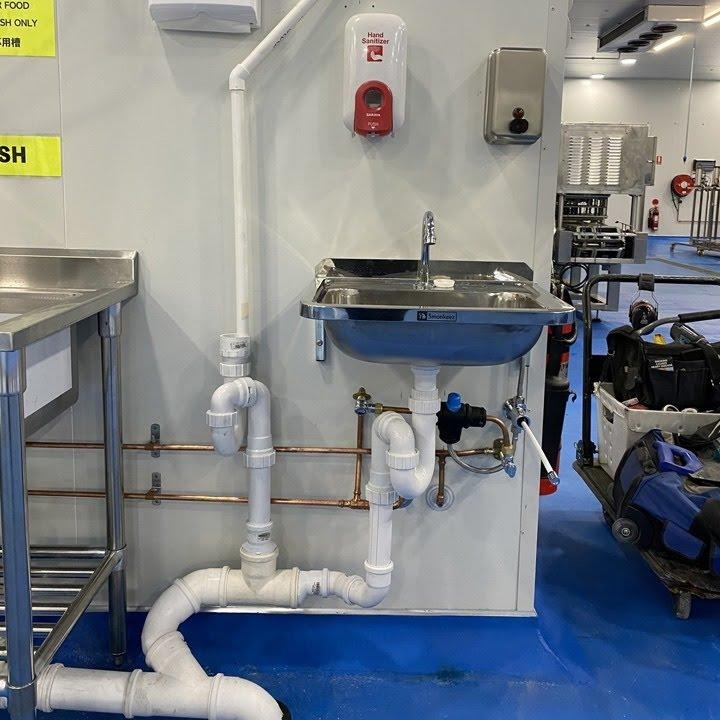Electrical systems don't just stop working one day without warning—they degrade gradually, often invisibly, until something fails or becomes dangerous. Reliable electrical maintenance addresses these progressive issues before they escalate into safety hazards or expensive emergencies. According to the Electrical Safety Foundation International, electrical malfunctions cause approximately 51,000 residential fires annually in the United States alone, with faulty wiring and aging equipment being primary contributors. Regular maintenance reduces these risks substantially while also improving system efficiency and longevity.
Progressive Degradation of Electrical Components
Electrical connections experience thermal cycling every time they heat up under load and cool down when not in use. This expansion and contraction gradually loosens connections, increasing resistance at the contact point. Even a slightly loose connection can generate enough heat to damage insulation or start fires.
Research by the National Fire Protection Association found that aluminum wiring, common in homes built between 1965-1973, becomes particularly problematic as it oxidizes. The oxide layer increases resistance by up to 300%, causing overheating at junction points. Only regular inspection catches these developing issues before failure occurs.
Circuit Breaker Performance Over Time
Circuit breakers are mechanical devices with springs, contacts, and trip mechanisms that wear out. Testing data shows that breakers operated infrequently can still degrade from ambient conditions and age. After 25-30 years, even unused breakers may fail to trip properly when needed.
Studies published in IEEE Transactions found that breakers subjected to multiple trip events lose calibration. A breaker rated for 20 amps might eventually allow 25 amps before tripping, which defeats its protective purpose. Professional maintenance includes testing breakers under load to verify they trip within manufacturer specifications.
Ground Fault Protection Degradation
GFCI outlets and breakers use internal electronics to detect ground faults within milliseconds. These components age and become less sensitive over time. Australian standards require GFCIs to trip within 30 milliseconds at rated current, but older units often slow to 40-50 milliseconds or fail completely.
Testing by electrical safety organizations shows that roughly 15-20% of GFCIs over 10 years old no longer provide adequate protection. The test button on these devices checks the mechanical trip but doesn't verify the electronic sensing circuit works properly. Only specialized testing equipment confirms actual performance.
Insulation Breakdown and Moisture Intrusion
Wire insulation breaks down from heat, UV exposure, and oxidation. Older rubber insulation becomes brittle and cracks, while PVC insulation hardens and loses flexibility. This happens gradually and isn't visible until insulation actually flakes off or cracks during movement.
Moisture intrusion accelerates this process significantly. Studies show that damp conditions reduce insulation resistance by 50-70%, increasing shock risk and system leakage. Thermal imaging during maintenance reveals hot spots indicating compromised insulation before visible damage occurs.
Load Capacity and Modern Electrical Demands
Average household electrical consumption has increased roughly 40% over the past 20 years according to energy usage data. Homes wired 30-40 years ago weren't designed for modern loads from multiple computers, large appliances, EV chargers, and climate control systems.
Maintenance assessments calculate actual load versus rated capacity. Many older homes operate circuits at 80-90% of rated capacity continuously, which exceeds safe operating parameters. The National Electrical Code recommends maximum continuous loads of 80% to prevent overheating and premature component failure.
Connection Point Corrosion
Every junction box, outlet, and switch contains connection points that corrode over time, especially in coastal or humid environments. Corrosion increases resistance, creating heat that accelerates further degradation. Electrical maintenance includes inspecting and cleaning these connections before resistance becomes problematic.
Testing data indicates that corroded connections can increase resistance by 10-50 times normal values. A connection that should have 0.001 ohms resistance might measure 0.05 ohms when corroded, generating significant heat under normal loads. This thermal stress damages surrounding components and insulation.
Preventive Cost Savings Analysis
Emergency electrical repairs typically cost 3-4 times more than scheduled maintenance because they involve after-hours service, rushed diagnostics, and potential damage to connected equipment. Building owners who implement regular maintenance programs report 60-70% fewer emergency calls according to facility management studies.
Equipment lifespan also extends significantly with proper maintenance. Electrical panels and major components lasting their full 30-40 year design life require consistent care. Neglected systems often need replacement at 20-25 years, representing substantial premature capital expenses.
Safety Compliance and Insurance Implications
Commercial properties face strict electrical safety regulations with inspection requirements. Non-compliance can result in substantial fines, operational shutdowns, or insurance policy voidance. Many commercial insurance policies require documented electrical maintenance for full coverage validity.
Documented maintenance creates liability protection too. If an electrical incident occurs, records showing proper maintenance schedules demonstrate due diligence, which affects legal and insurance outcomes significantly.




Want to add a comment?